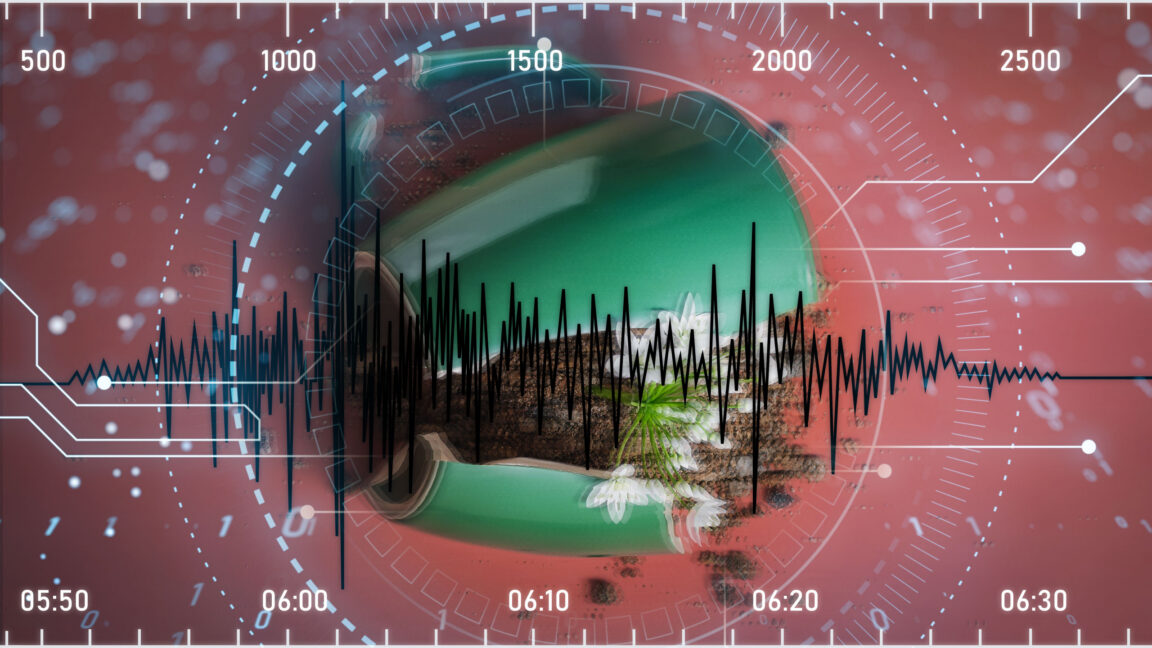On January 1, 2008, at 1:59 AM in Calipatria, California, an earthquake happened. You haven’t heard of this earthquake; even if you had been living in Calipatria, you wouldn’t have felt…
Category: 7. Science
-
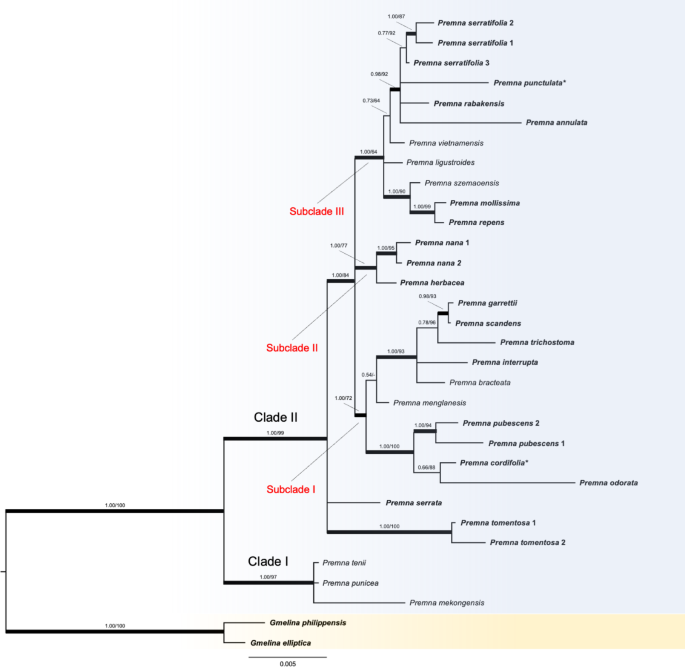
Molecular phylogeny and taxonomic notes on Premna (Lamiaceae) in Thailand
Phylogenetic reconstruction
By using multi-locus approach of four chloroplast markers, this study provided the first phylogenetic relationships with emphasis on species of Premna in Thailand (bolded species, Fig. 1). Our findings are strongly…
Continue Reading
-
Just a moment…
Just a moment… This request seems a bit unusual, so we need to confirm that you’re human. Please press and hold the button until it turns completely green. Thank you for your cooperation!
Continue Reading
-
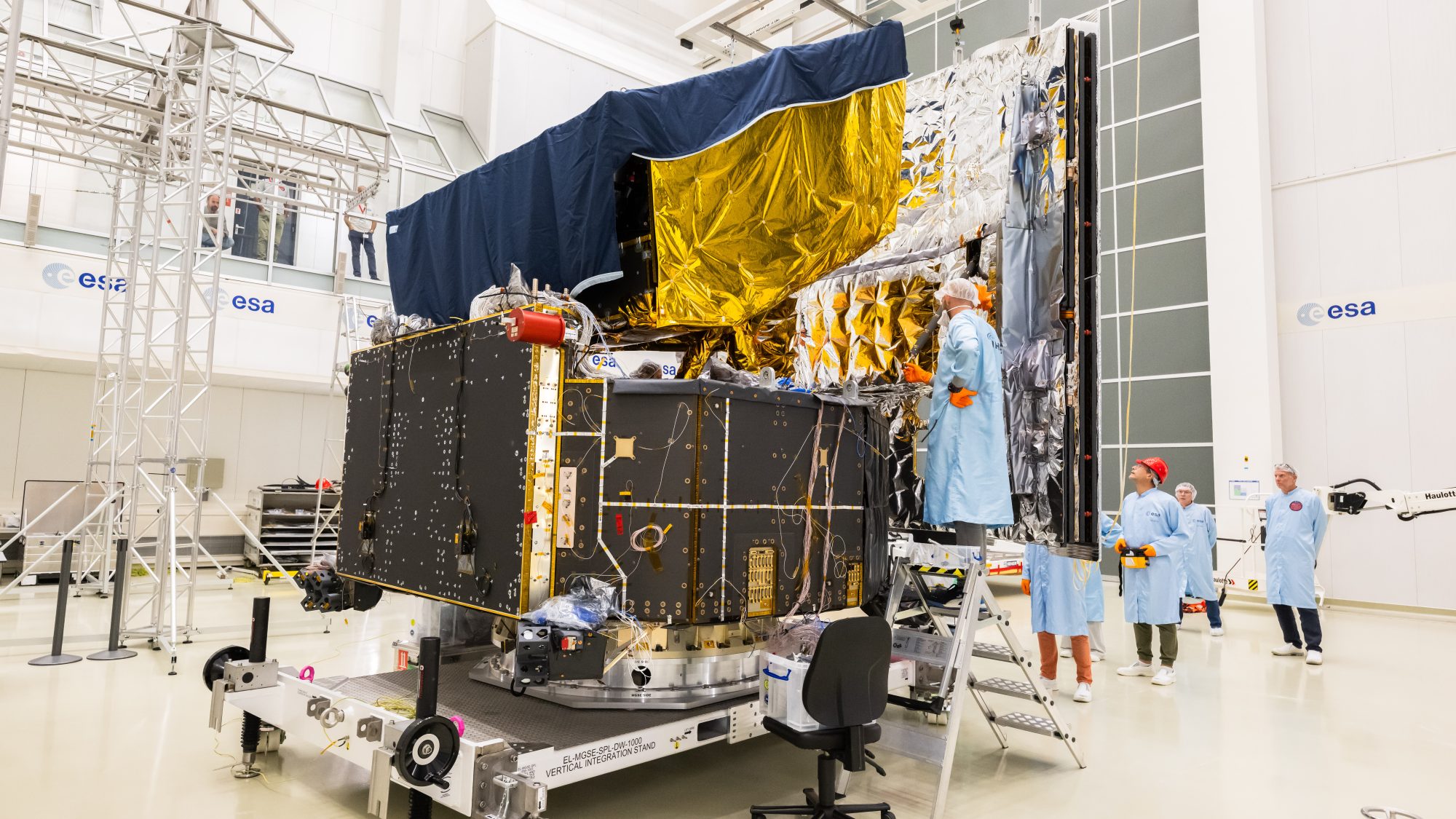
Set to hunt for Earth-like planets
The European Space Agency (ESA) has officially completed the construction of its latest deep-space observatory, Plato, marking a crucial step in its mission to discover Earth-like planets beyond our solar system.
The spacecraft, designed to…
Continue Reading
-

Impact of an Alu insertion on the cellular localisation of tissue factor protein
Williams, J. C. & Mackman, N. Tissue factor in health and disease. Front. Biosci. (Elite Ed) 4(1), 358–372 (2012).
Google Scholar
McDonald, A. G., Yang, K., Roberts, H. R.,…
Continue Reading
-
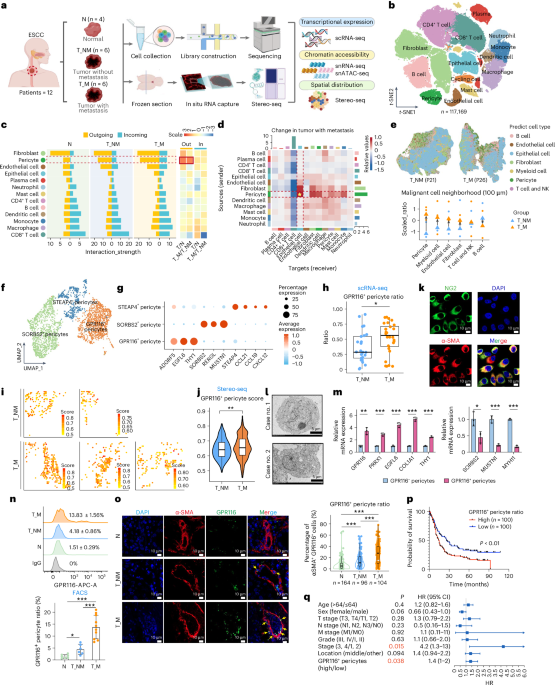
Single-cell multi-omic and spatial profiling of esophageal squamous cell carcinoma reveals the immunosuppressive role of GPR116+ pericytes in cancer metastasis
Gerstberger, S., Jiang, Q. & Ganesh, K. Metastasis. Cell 186, 1564–1579 (2023).
Google Scholar
Yang, H., Wang, F., Hallemeier, C. L., Lerut, T. &…
Continue Reading
-
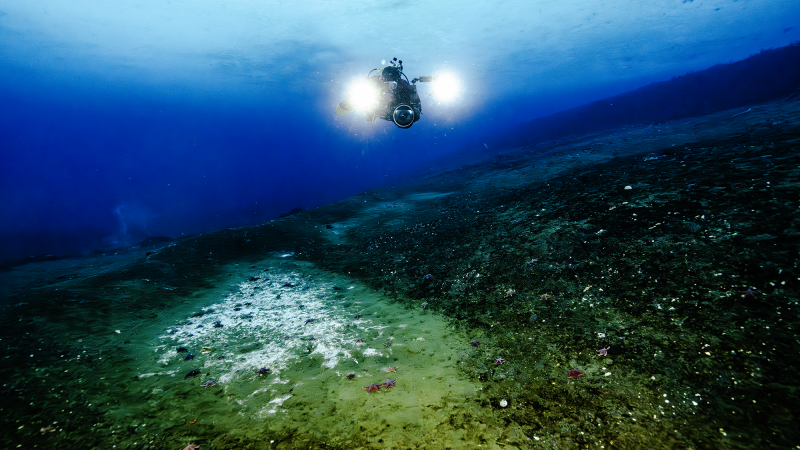
Scientists discover methane leaking out from beneath the ocean around Antarctica
Planet-heating methane is escaping from cracks in the Antarctic seabed as the region warms, with new seeps being discovered at an “astonishing rate,” scientists have found, raising fears that future global…
Continue Reading
-

Look Up Saturday To See The Delta Aurigid Meteor Shower — What To Expect
Long trail of a meteorite in the sky. Meteoroid against the background of stars. Glow of bright meteor at night.
getty
October’s might skies are famous for “shooting stars,” with the Taurid meteor shower active all month and the famous…
Continue Reading
-
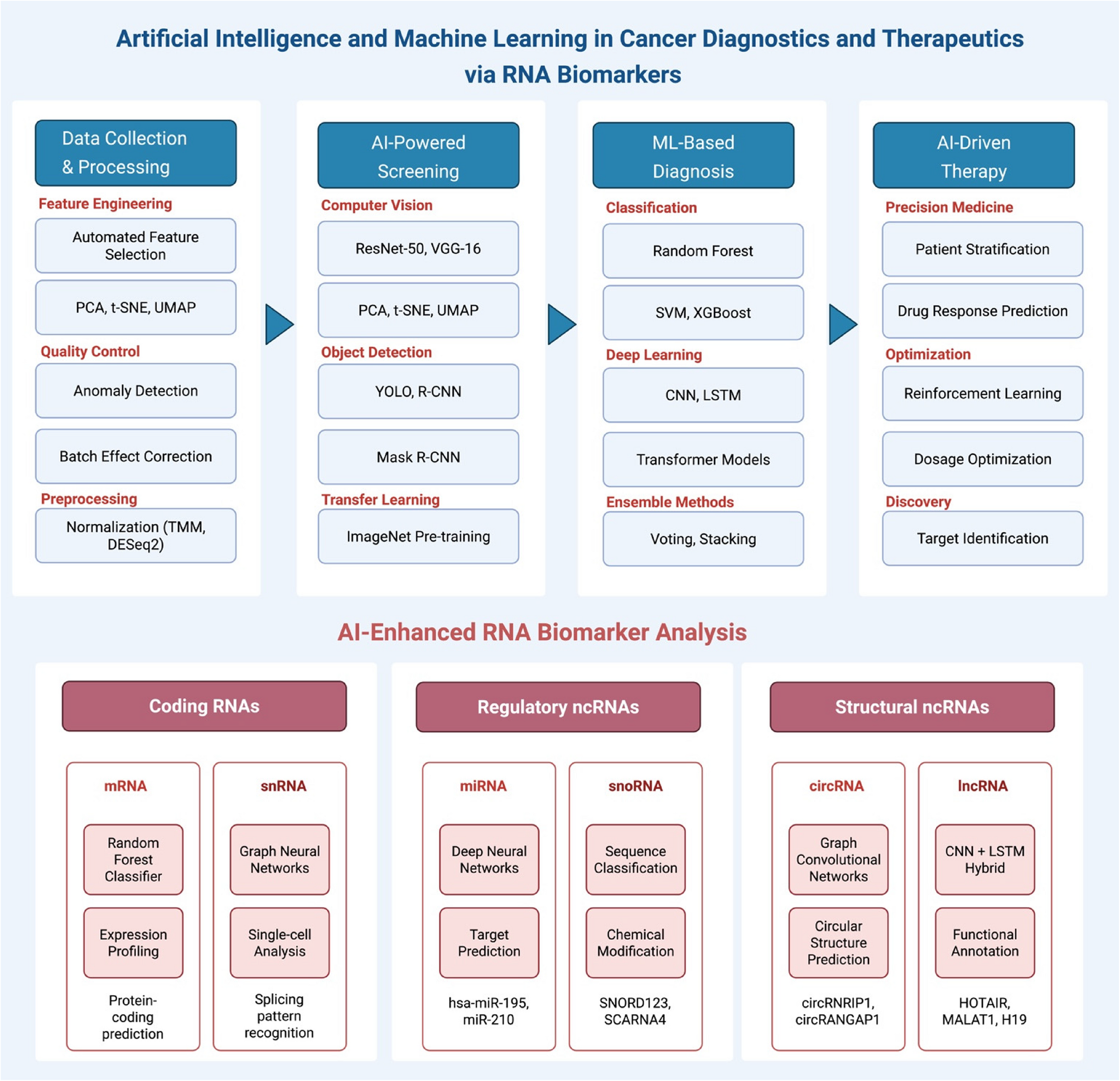
Integrating AI and RNA biomarkers in cancer: advances in diagnostics and targeted therapies | Cell Communication and Signaling
Strimbu K, Tavel JA. What are biomarkers? Curr Opin HIV AIDS. 2010;5(6):463–6.
Google Scholar
Bodaghi A, Fattahi N, Ramazani A. Biomarkers. Promising and valuable…
Continue Reading
-

Impact of RNA extraction on respiratory microbiome analysis using third-generation sequencing | BMC Genomics
Metatranscriptomic sequencing is a highly demanding yet complete approach, making the optimization of every step essential, particularly for RNA extraction. In this study, we focused on respiratory samples, specifically bronchoalveolar lavage…
Continue Reading
